/B2B/img/cms/primera%20opcion.mp4
My name is Joan Gonzalez-Bueno Uribe, and I founded Tierra Callada in 2014 when destiny brought me to New York City. However, to find the roots that connect my family and me to our land, Jaén, and to our passion, the olive groves, we must look back.
Cortijo Uribe, or just "El Cortijo" as we usually refer to the olive groves and the country house, has been there for a few years, actually more than 250.
The first written historical references to Cortijo Uribe date back to 1753, when the Marqués de Ensenada (a Spanish title equivalent to Marquis) conducted the first cadastre in Spain. Interestingly, during this task, he stayed at the home of our ancestor, Manuel de Uribe-Salazar, in Jaén.
The Hacienda de Fuensomera was already mentioned in that document as part of the Uribe-Salazar family’s properties: olive trees, cereals, and legumes grew on the estate, while horses, sheep, and goats grazed its fields.
Over time, Hacienda Fuensomera became the centerpiece of our family properties and was more commonly referred to as Cortijo Uribe.
By 1920, María del Carmen Uribe-Salazar and José de Contreras, Vizcondes de Begíjar (Viscounts), built a modern olive mill at the Cortijo, shifting the estate's focus to the olive tree as the main crop.
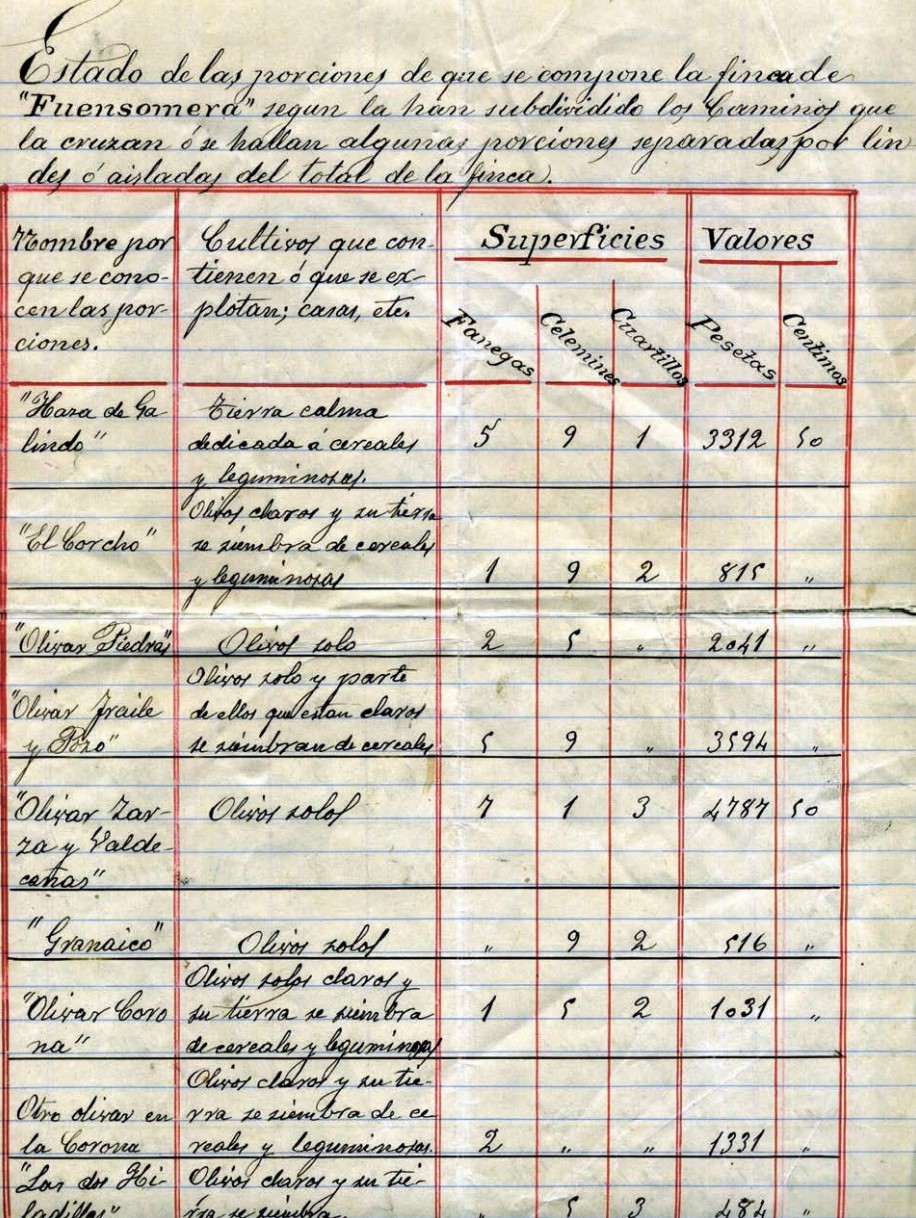 Record of the different estates that make up Hacienda Fuensomera. Year 1913
Record of the different estates that make up Hacienda Fuensomera. Year 1913  Silver medal at the Ibero-American Exposition of Seville
Silver medal at the Ibero-American Exposition of Seville
The Almazara (Arabic word we use in Spain to refer to the olive mill) gained significant recognition for the quality of its oils, including the Silver Medal at the 1929 Ibero-American Exposition of Seville.
During the terrible Spanish Civil War ( 1936-39), the Cortijo was used as a Republican headquarters. Unfortunately, the olive oil mill was dismantled and disappeared, like so many other things.
In the late 1970s, María del Carmen de Uribe-Salazar passed away, leaving her estate to her nieces and nephews Clara, Aurora, María Dolores, and Agustín. The latter (my grandfather) did not sell his land but, on the contrary, along with his wife, María Luisa Fàbregas (grandma), planted 3,000 more olive trees on the arable land (tierra calma in Spanish).
After the passing of Don Agustín and Doña María Luisa, their children appointed their sister, my mother, María Luisa de Uribe-Salazar y Fàbregas, as the estate's administrator.
At the time, being a woman overseeing olive groves in Jaén presented its challenges. In an industry historically dominated by men, she had to work hard to be regarded as an equal.
She undertook the modernization and mechanization of the groves and the harvest—a big step forward—as well as the rebuilding of the Cortijo's buildings, which had fallen into disrepair. Those are the latest major transformation Cortijo Uribe has seen.
When my mother retired, my uncle Rafa took over management for a few years.
Now my brother Agustín, representing the next generation, leads the project and is tackling major changes we cannot ignore. Ahead lie significant challenges, all interconnected and driven by one overarching goal: to transform our olive groves into a tool for creating a better world for future generations. Equally important, we’re focused on making this endeavor economically sustainable to ensure we can achieve that vision.
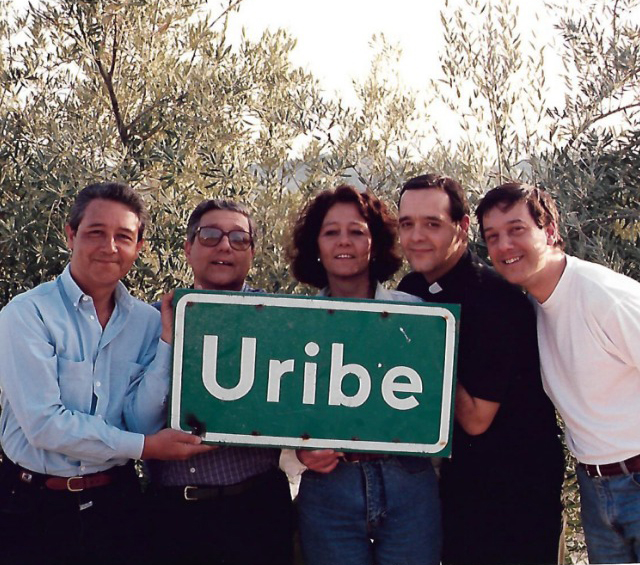 Uribe sibilings early 90's. From left to rigth: Agustín, Juan, Rafa and Carlos. In the middle my mother María Luisa
Uribe sibilings early 90's. From left to rigth: Agustín, Juan, Rafa and Carlos. In the middle my mother María Luisa 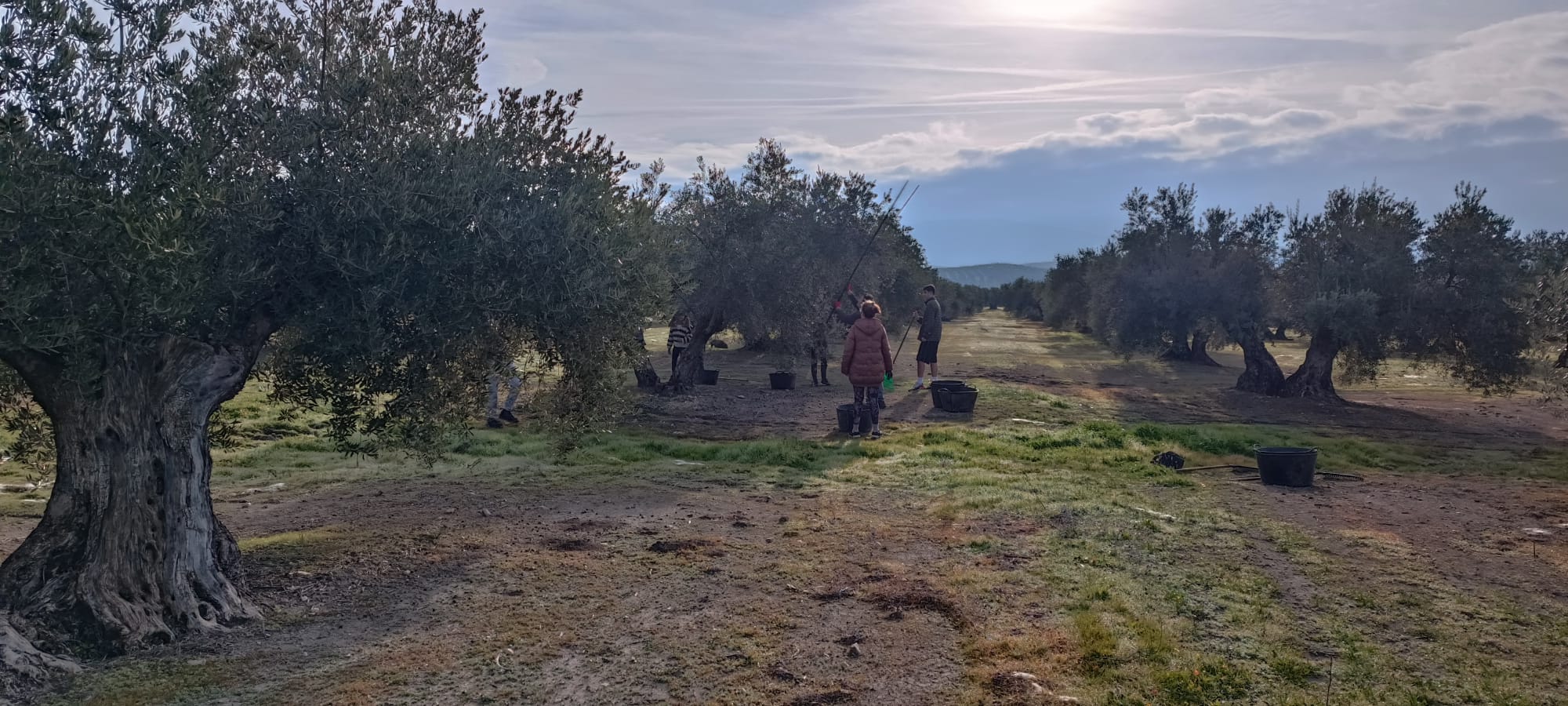
We’re fortunate to work with an incredible tree: it requires little water, can live for thousands of years, resists disease, and helps clean the air—a powerful ally and example in addressing some of our greatest challenges, both environmental and beyond. It tackles issues like water scarcity, waste, obsolescence, pesticide reliance, and global warming.
We will adapt and evolve to ensure the enduring presence of traditional olive plantations—standing tall, strong, and beneficial to all. Tierra Callada and Cortijo Uribe are united in this mission, knowing that long after we're gone, these olive trees must remain, just as some have for over three centuries.
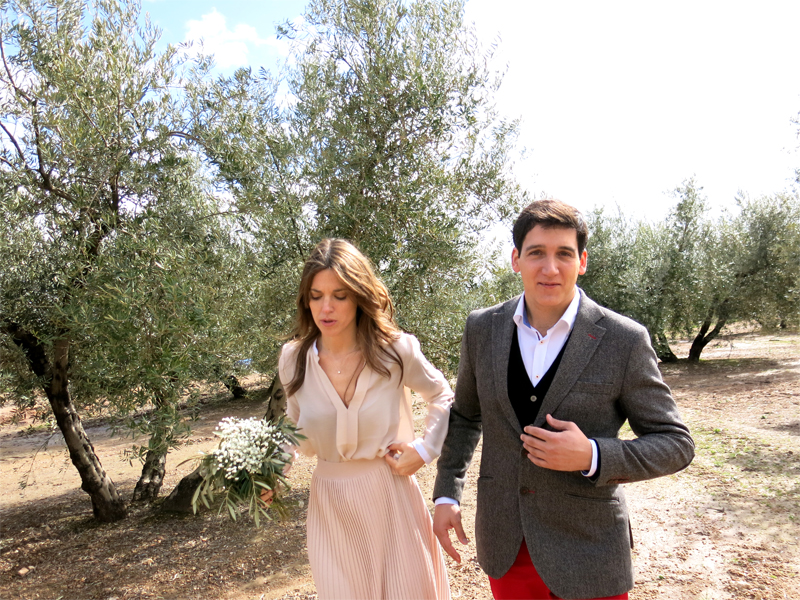
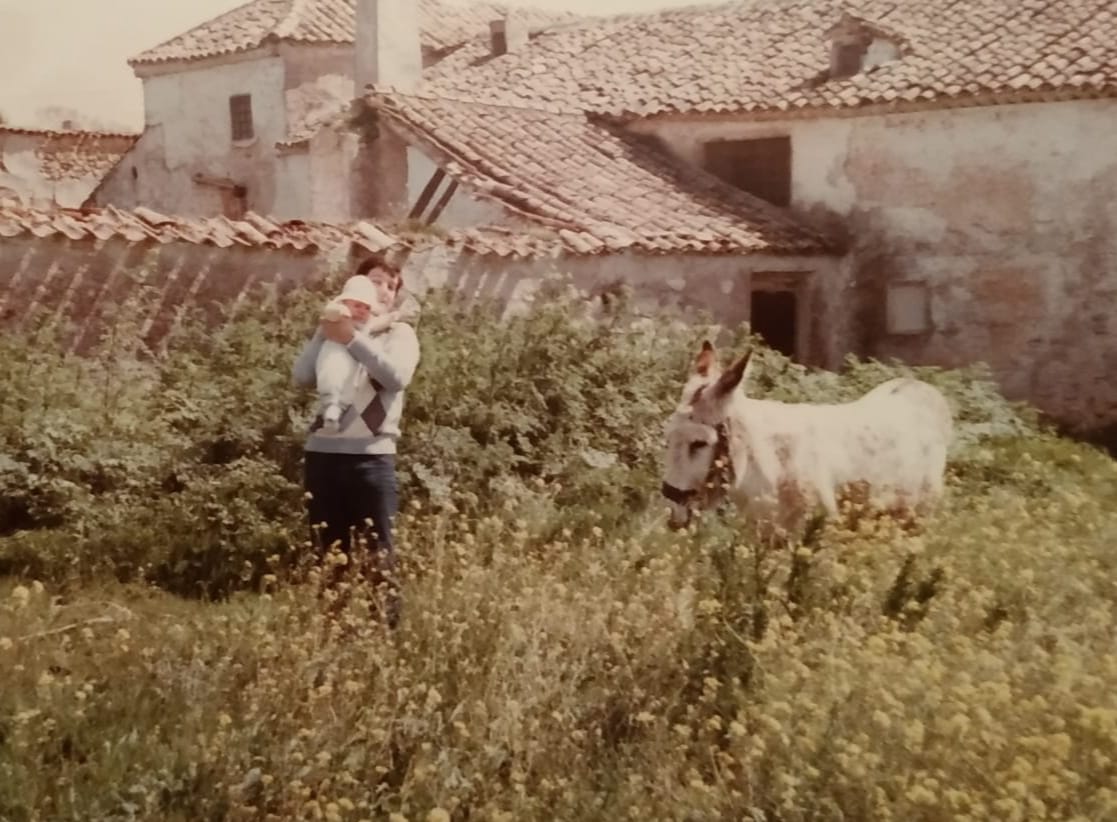
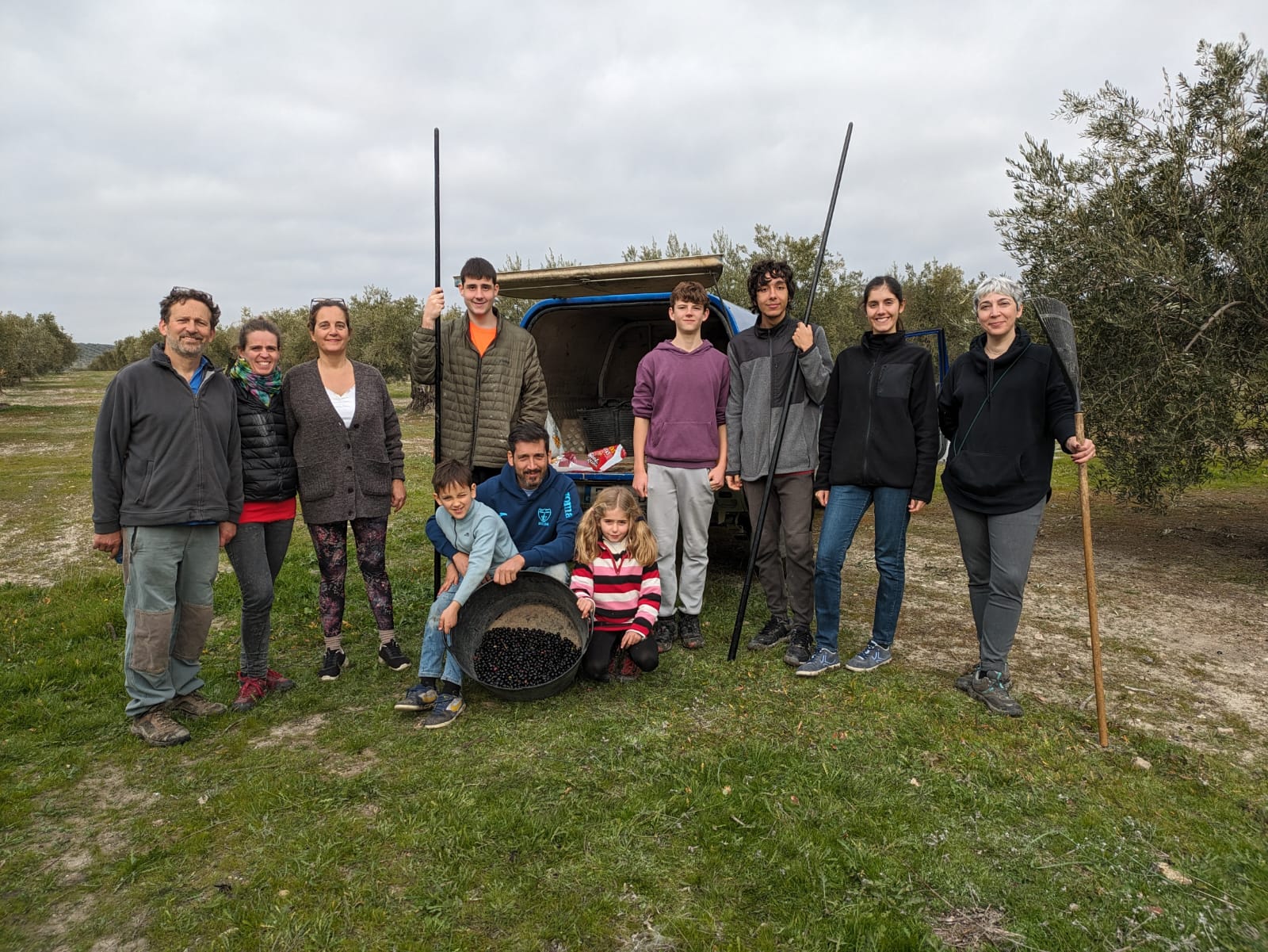
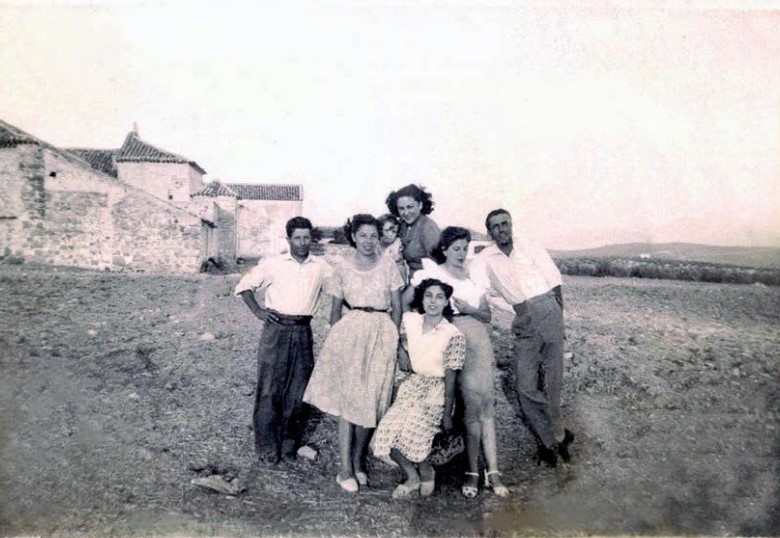
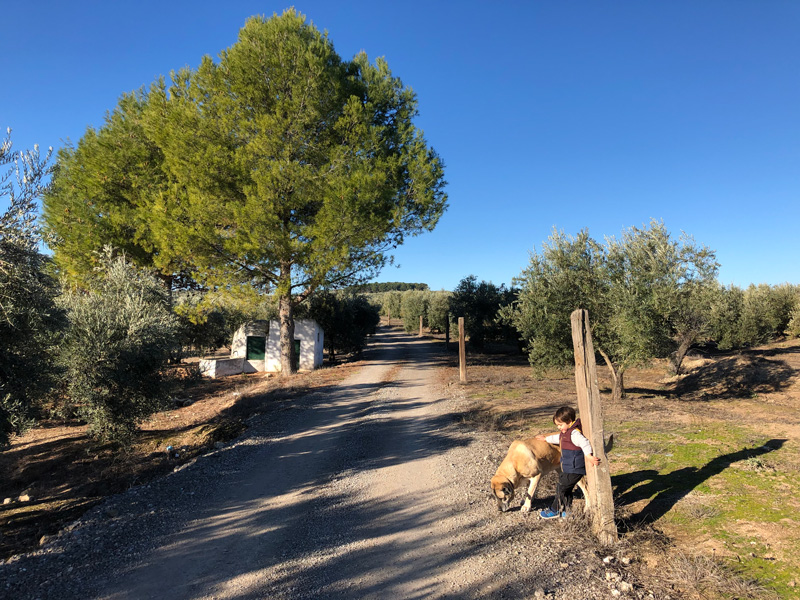
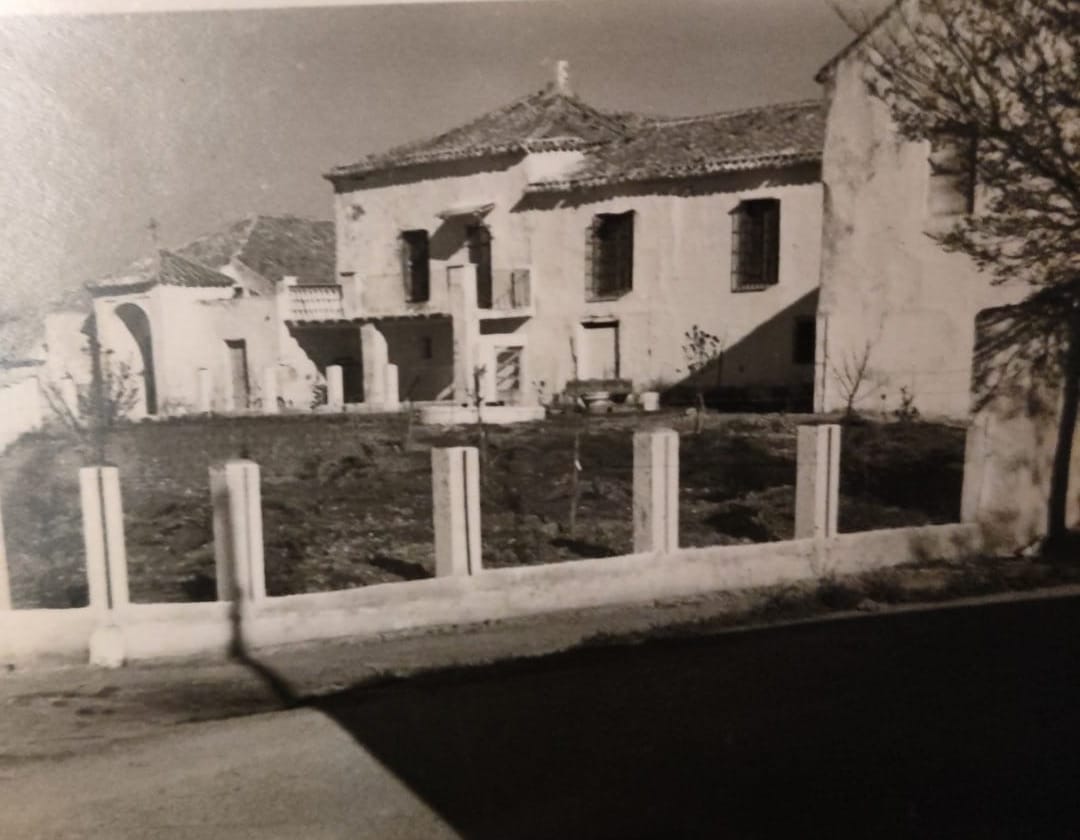
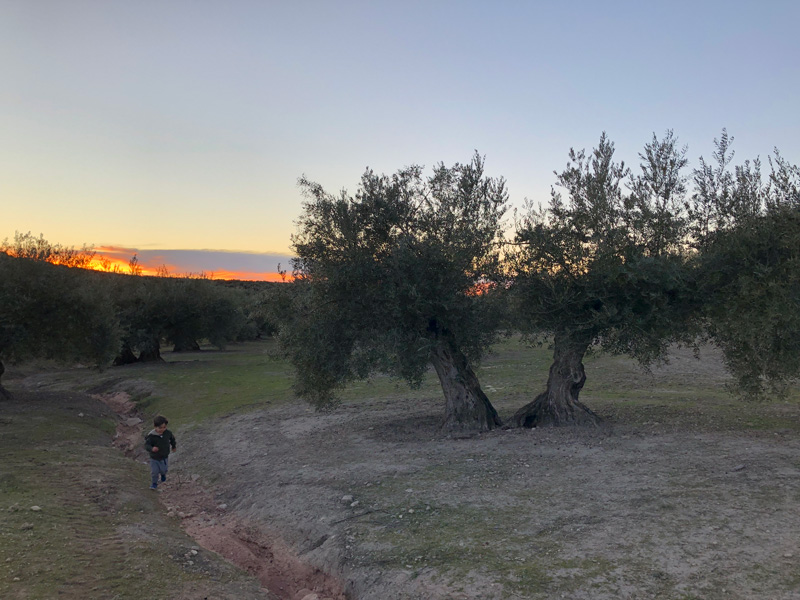
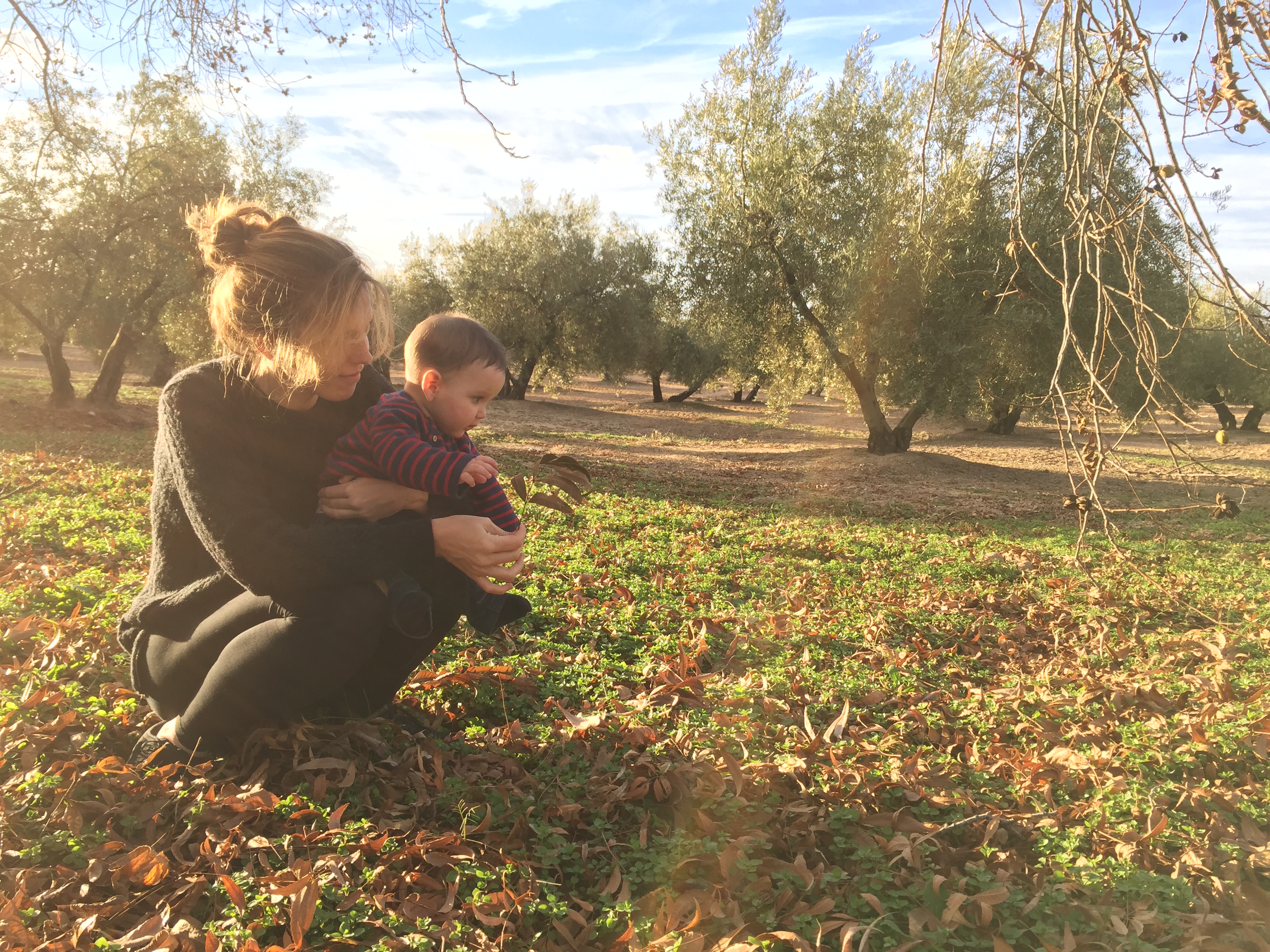
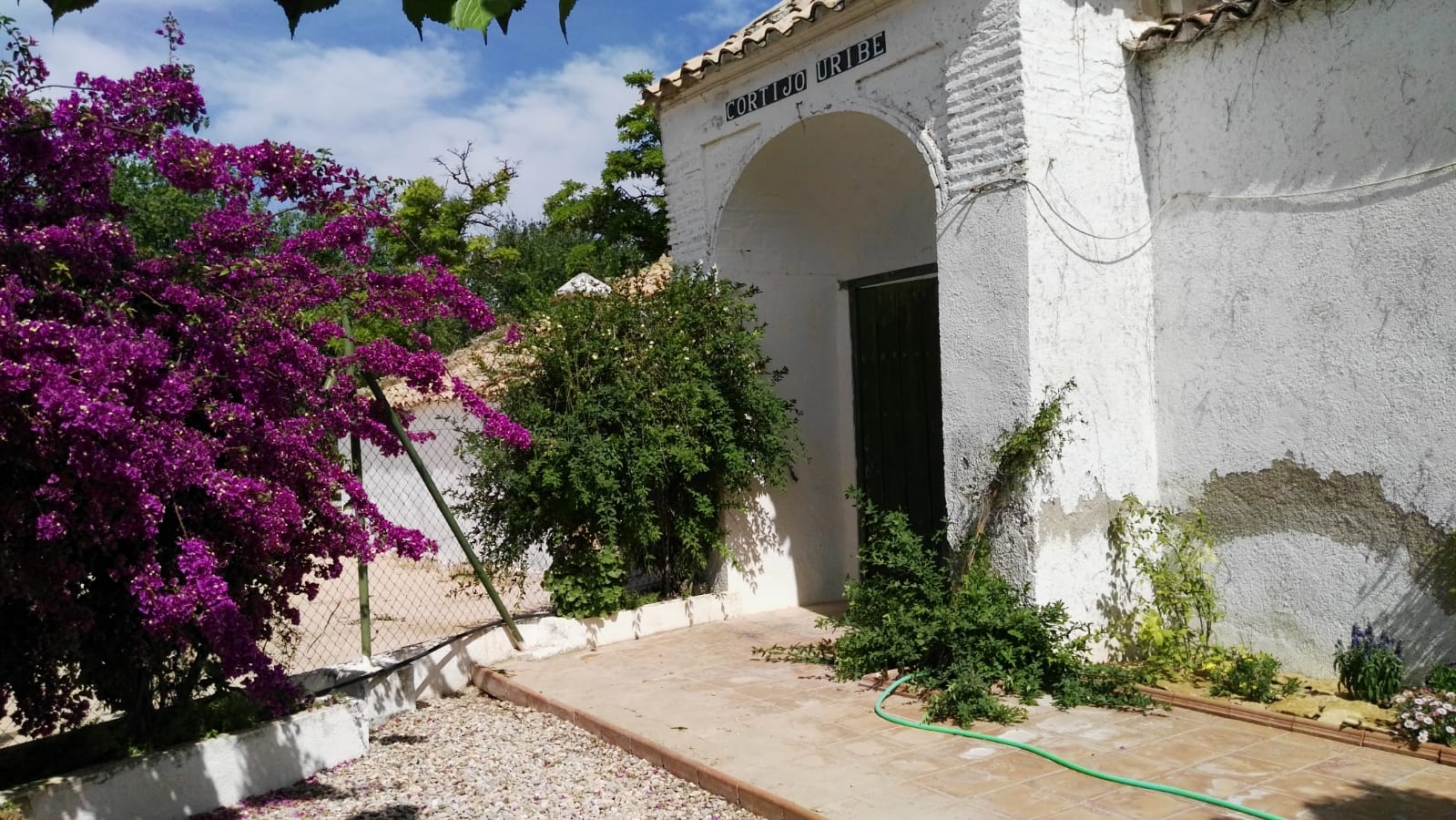 Previous Next Linkedin In X Twitter Instagram
Previous Next Linkedin In X Twitter Instagram
